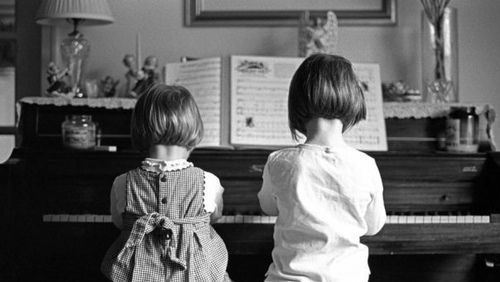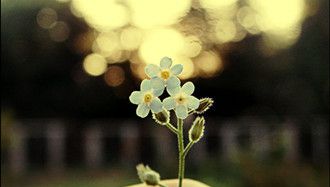用光线展示高更的创作细节
|
French artist Paul Gauguin is well known for his colorful paintings of Tahitian life -- such as the painting that sold recently for nearly $300 million -- but he also was a highly experimental printmaker. Little is known, however, about the techniques and materials Gauguin used to create his unusual and complex graphic works. Now a team of scientists and art conservators from Northwestern University and the Art Institute of Chicago has used a simple light bulb, an SLR camera and computational power to uncover new details of Gauguin's printmaking process -- how he formed, layered and re-used imagery to make 19 unique graphic works in the Art Institute's collection. Northwestern computer scientist Oliver S. Cossairt will provide a surprising new explanation of how Gauguin created one of these artworks Saturday, Feb. 14, at the American Association for the Advancement of Science (AAAS) annual meeting in San Jose. It will be the first report of the Northwestern-Art Institute study of the 3-D surface of the print "Nativity (Mother and Child Surrounded by Five Figures)," made by Gauguin in 1902. Cossairt's talk, "Surface-Shape Studies of Gauguin's Monotypes," will be part of the AAAS symposium "Worth More Than a Thousand Words: State-of-the-Art Visualization in Cultural Heritage" to be held from 8:30 to 11:30 a.m. PST in Room LL21E of the San Jose Convention Center. Co-organized by Northwestern and the Art Institute, the symposium will feature international experts from universities, museums and industry with a focus on using computation and imaging to analyze valuable artworks noninvasively. The new results establish Gauguin's use of materials and process in a chronological order, solving the puzzle of how "Nativity" was made. Gauguin created the print using a layering of images created on paper by drawings, transfer of images and two different inks. The surface topography research on "Nativity" and other graphic works by the artist will be part of a major Gauguin exhibit at the Art Institute in 2017. The "Nativity" findings overturn an earlier theory as to how Gauguin might have produced the print. Cossairt's art conservator colleagues initially were "blown away" by the scientific results, so the research team reproduced, in an Art Institute lab, what they believed to be Gauguin's process. The printmaking process the research team had identified produced a print very similar to Gauguin's original. "To measure the 3-D surface of the prints, we used some very accessible techniques that can be used by art conservators and historians around the world to analyze artworks," said Cossairt, who developed the software to analyze the imaging data. "In applying these techniques to Gauguin's work, we came up with some interesting answers to questions about what his printing process was." |








